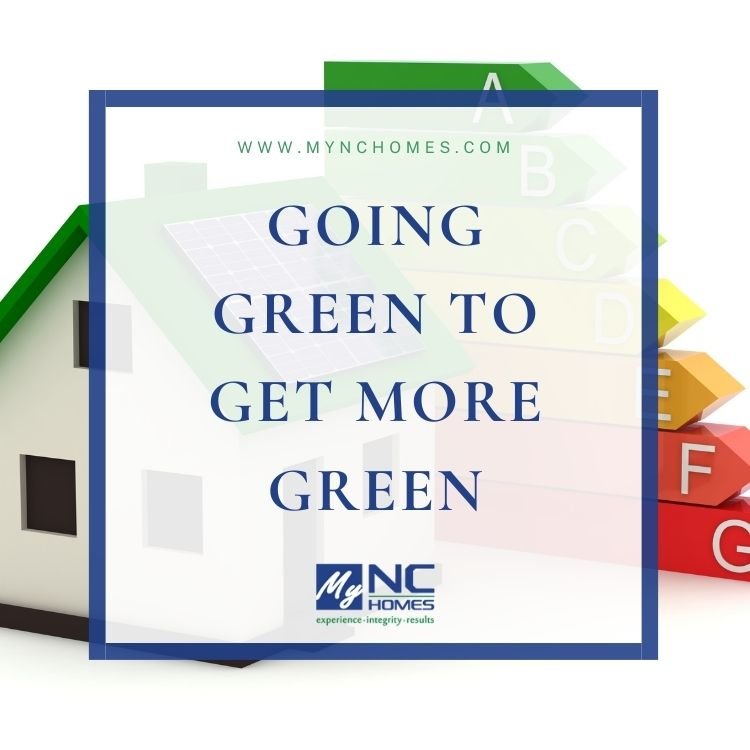
President Biden recently announced renewed funding to the Weatherization Assistance Program to make homes more energy-efficient in the new infrastructure package. This comes on the heels of many commitments made domestically and internationally to cut America's carbon footprint and lower Americans' power bills. Home weatherization plans are not new, but this administration is renewing its commitment to giving homeowners the opportunity to reduce power bills and increase value. Older homes that are poorly insulated, or homes that have features that rely heavily on unsustainable heating and cooling and energy, are getting makeovers, and the federal government is financing it.
How we got here
Inflation is surging and while we are not the biggest producer of greenhouse gas, we are the second. Burning fossil fuels for electricity accounts for roughly 13 percent of total U.S. greenhouse gas emissions, according to the Environmental Protection Agency. President Biden announced the 3.2 billion in weatherization assistance last Wednesday.
We are seeing climate change on our buyer's and sellers' minds and many are choosing new construction because of the savings and the sustainability. There is clear demand from buyers for more energy-efficient homes and homes and local policies that address climate change.
What is a Weatherization Home Plan
President Biden authorized roughly $3.2 billion to retrofit homes. Many are low-income housing, whose power bills are soaring and who rely chiefly on non-renewables for energy. It is part of the 1.3 trillion infrastructure bill, and originally these weatherization initiatives were drafted in response to the 1970s oil crisis. Those who are eligible may apply for upgrades to their homes including adding insulation to attics, swapping out refrigerators and appliances, and replacing windows and doors. It will be able to serve 450,000 households total and retrofit about 38,000 homes a year.
What does it mean for Buyers and Sellers
Many of the upgrades to older homes that decrease unsustainable energy reliance, also increase the home value because of the demand for energy efficiency. But what does this look like for sellers and buyers? Some of the upgrades to keep in mind, are moving from traditional gas or oil-burning furnaces and energy-hungry air conditioners to electric heat pumps, changing out appliances to energy-efficient appliances, changing air conditioning, using concrete for insulation, and upgrading pool heaters. While the exact details of applying for these benefits is still being rolled out, check with your accountant and your local laws for tax deductions for upgrading your home to be more energy-efficient.
We will continue to blog on this subject to keep you informed. If you are looking to buy a home that is energy efficient or looking to sell a home that is not, consider making these upgrades if you will get tax credits in your area or will be applying for weatherization assistance.
Posted by Larry Tollen on

Leave A Comment